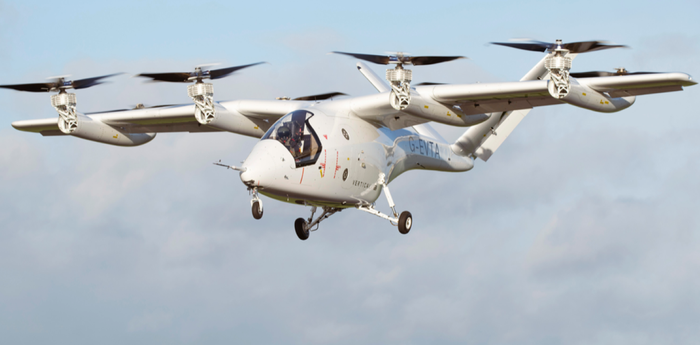Why Edge Computing Is an IIoT RequirementWhy Edge Computing Is an IIoT Requirement
How edge computing is poised to jump-start the next industrial revolution.
May 18, 2017

Sponsored Content
From travel to fitness to entertainment, we now have killer apps for many things we never knew we needed. Over the past decade, we’ve witnessed tremendous improvements in terms of democratizing data and productivity across the consumer world.
Building on that, we’re entering a new era of software-defined machines that will transform productivity, products and services in the industrial world. This is the critical link which will drive new scenarios at even faster rates of innovation. By 2020, the Industrial Internet of Things (IIoT) is expected to be a $225 billion market.
To jump-start the productivity engine of IIoT, real-time response is needed at the machine-level at scale and that requires an edge-plus-cloud architecture designed specifically for the Industrial Internet. From Google maps to weather apps, we’ve been experiencing the benefits of cloud and edge computing working together in our daily lives for quite some time.
[See Steven Martin speak at Enterprise IoT World, showcasing how IoT transforms business across manufacturing, supply chain and operations. Get your tickets and free passes now.]
But, what is edge? Edge is the physical location that allows computing closer to the source of data. Edge computing enables data analytics to occur and resulting insights to be gleaned closer to the machines. While edge computing isn’t new, it’s beginning to take hold in the industrial sector – and the opportunity is far greater than anything we’ve seen in the consumer sector, and here’s why:
Real-time data in a real-time world: The edge is not merely a way to collect data for transmission to the cloud. We are now able to process, analyze and act upon the collected data at the edge within milliseconds. It is the gateway for optimizing industrial data. And when millions of dollars and human lives are on the line, edge computing is essential for optimizing industrial data at every aspect of an operation.
Take windfarms for example. If wind direction changes, the edge software onsite would collect and analyze this data in real-time and then communicate to the wind turbine to adjust appropriately using an edge device, such as a field agent and connected control system, and successfully capture more kinetic energy. Because the data is not sent to the cloud, the processing time is significantly faster. This increases wind turbines’ production, and ultimately distributes more clean energy to our cities, increasing the value of the renewable energy space.
Big data, big trade-offs: The harsh and remote conditions of many industrial sites make it challenging to connect and cost-effectively transmit large quantities of data in real-time. We are now able to add intelligence to machines at the edge of the network, in the plant or field. Through edge computing on the device, we’re bringing analytics capabilities closer to the machine and providing a less expensive option for optimizing asset performance.
Consider the thousands of terabytes of data from a gas turbine. Sending this data to the cloud to run advanced analytics maybe technologically possible, but certainly too cost prohibitive to do a daily basis. Through edge computing, we can capture streaming data from a turbine and use this data in real-time to prevent unplanned downtime and optimize production to extend the life of the machine.
What’s Next
Today, only 3% of data from industrial assets is useable. Connecting machines from the cloud to the edge will dramatically increase useable data by providing greater access to high powered, cost effective computing and analytics tools at the machine and plant level.
Consider the fact that for years traditional control systems were designed to keep a machine running the same way day in and day out for the lifecycle of the machine. At GE Energy Connections, we recently debuted the Industrial Internet Control System (IICS), which successfully allows machines to see, think and do and will enable machine learning at scale. To take IICS to the next level, we’re creating an ecosystem of edge offerings to accelerate widespread adoption across the industrial sector. We’re advancing this ecosystem and empowering app developers who want to play a role in driving the new industrial era.
Currently, to add value to a software system, a developer writes the code, ports it into the legacy software stack, shuts down the devices and finally, updates it. That’s all going to change. We are working on creating an opportunity for any developer to create value-added edge applications. Customers will be able port the necessary apps to their machine without having to shut it down, just like we do on our phones today. Companies will be able to download apps for their needs and update frequently to ensure their business is running smoothly. While no one likes to run out of battery on their smart phone, an outage for a powerplant is far more costly, so the ability to port apps without shutting down devices and being able to detect issues before it occurs will be a game changer.
From wind turbines to autonomous cars, edge computing is poised to completely revolutionize our world. It’s forcing change in the way information is sent, stored and analyzed. And there’s no sign of slowing down.
You May Also Like






